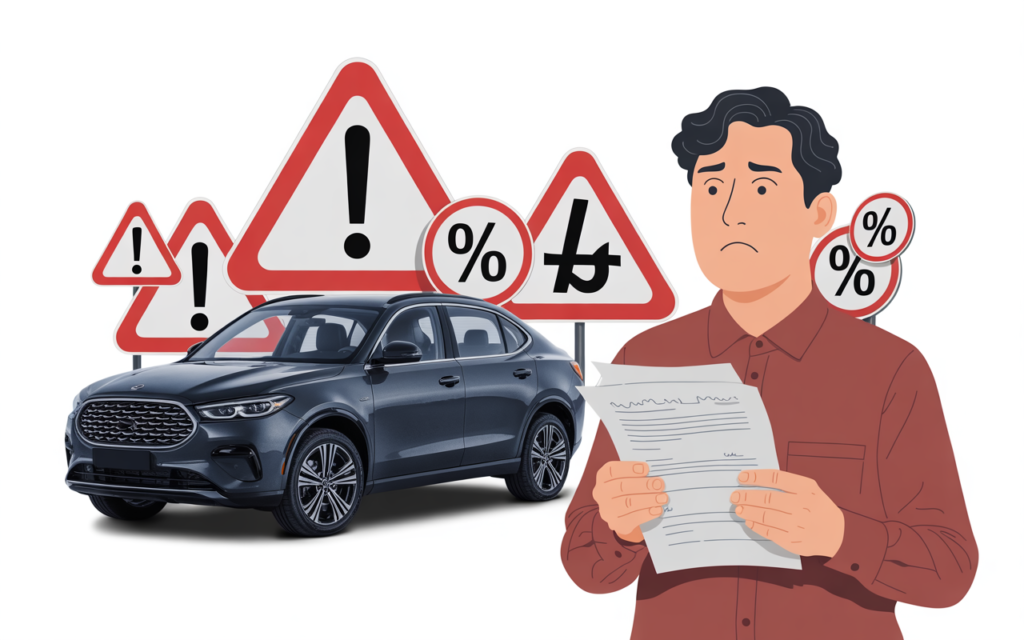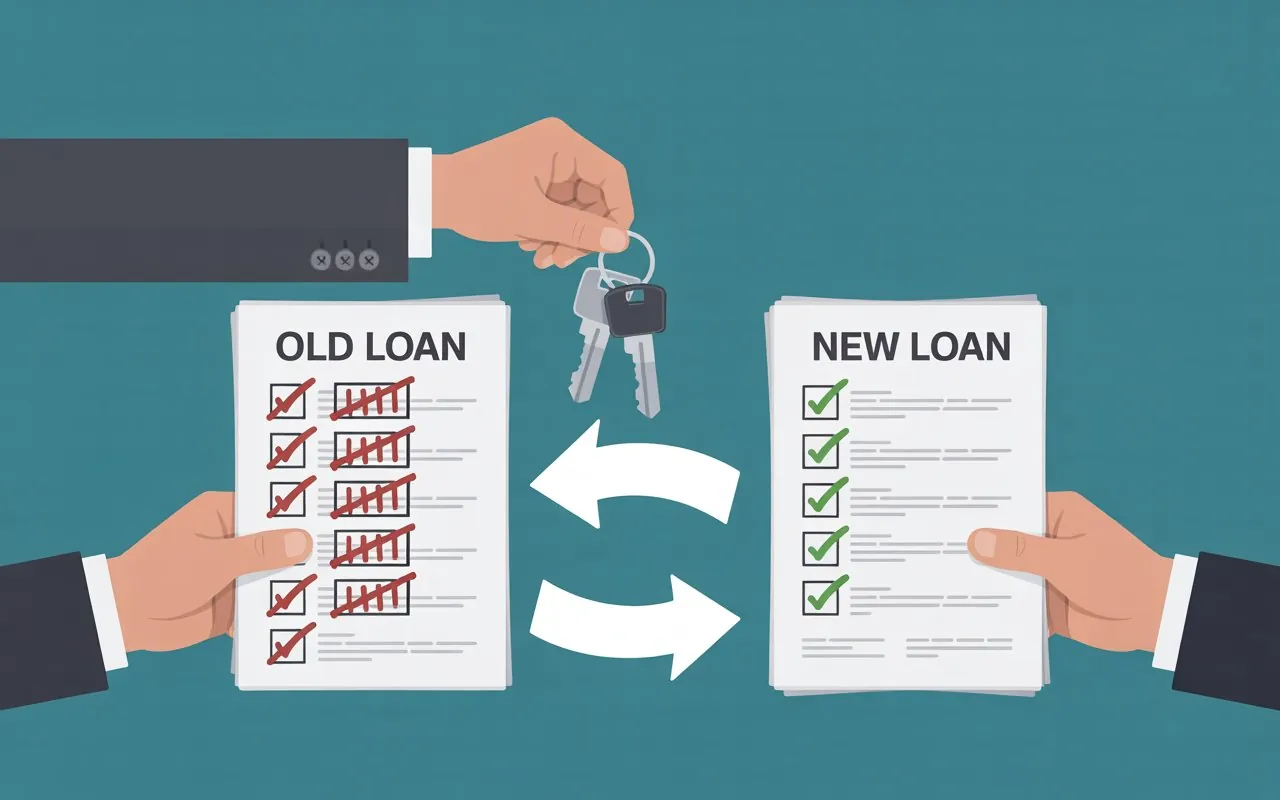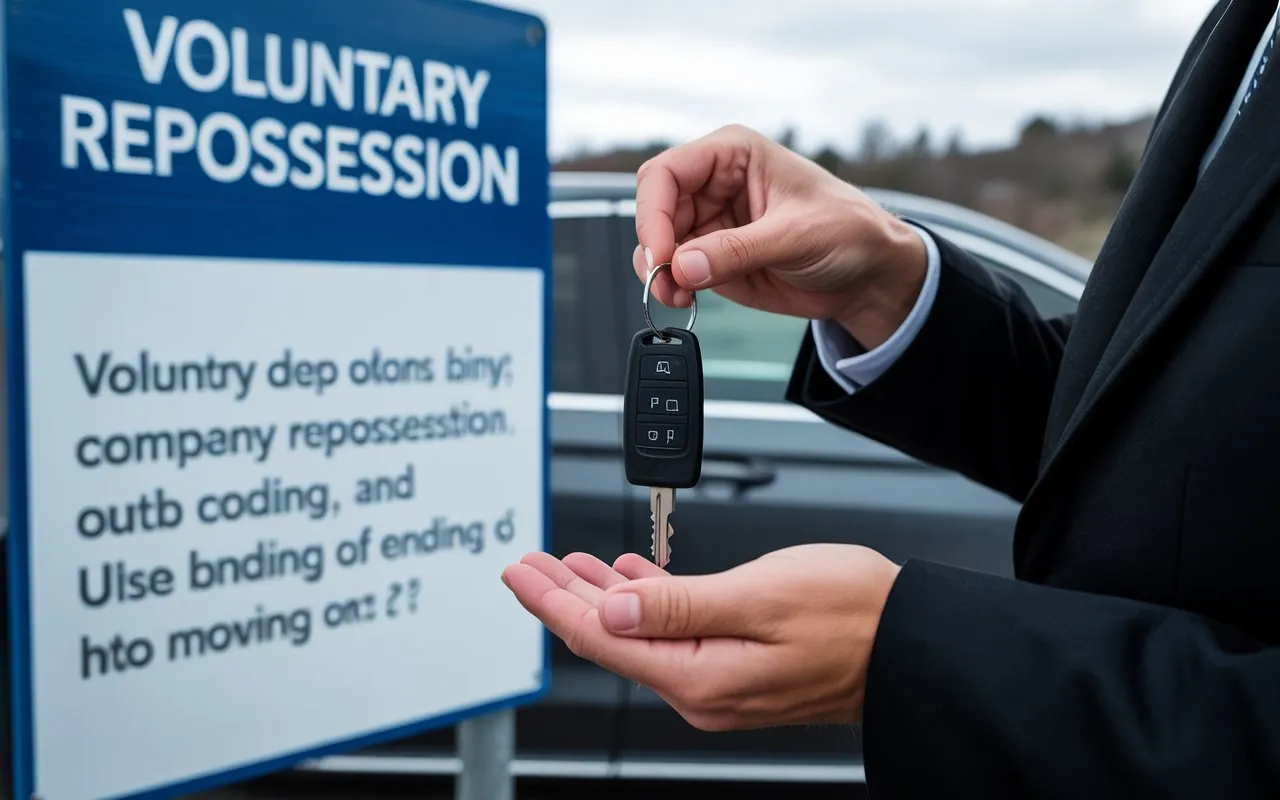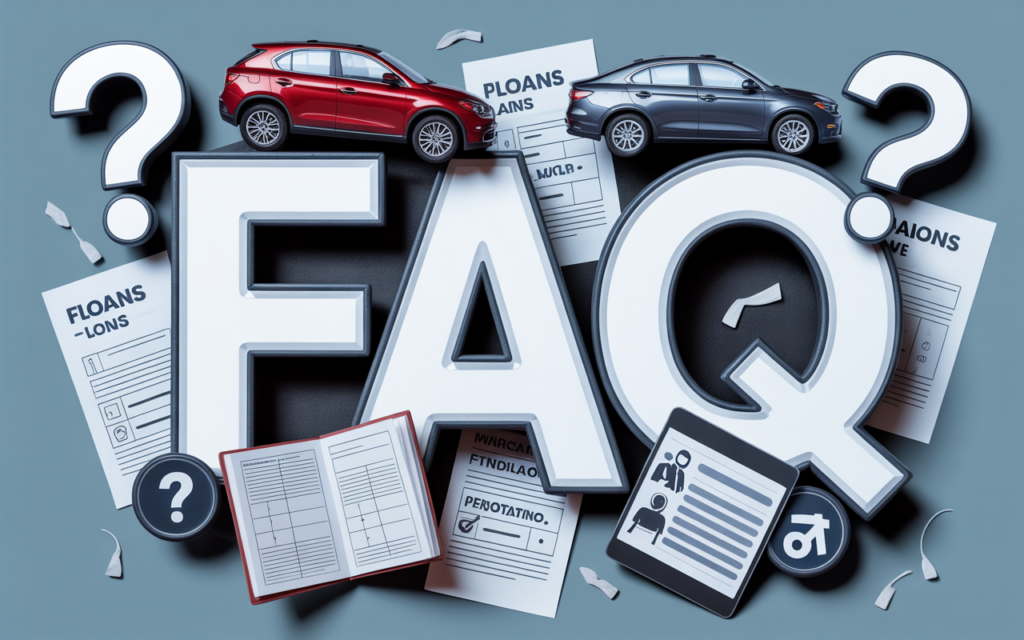Facing the reality of a costly or unmanageable car loan can be overwhelming and isolating. Whether you’re dealing with steep monthly payments, sky-high interest, or a car that’s worth less than what you owe, it’s easy to feel stuck and uncertain about the future. But understanding how to get out of a bad car loan is the first step toward reclaiming your financial stability and peace of mind.
Each year, countless car owners worldwide—students, families, and professionals alike—find themselves locked into unfavorable auto loan terms that were not fully clear at signing or became a burden due to life changes. Maybe you rushed the purchase, faced a sudden job loss, or trusted a salesperson a little too much. Whatever the reason, recognizing that you have options is empowering. You aren’t alone—and you can act today to transform your situation for the better.
In this comprehensive guide, you’ll learn how common bad car loan scenarios develop and, most importantly, practical and attainable methods to break free. We’ll walk through each technique step-by-step, considering real-world challenges and local factors. Whether you’re determined to refinance, looking to sell, or just searching for a fresh start, this article will help you make smart decisions, avoid costly mistakes, and begin rebuilding your financial health. Let’s explore how to get out of a bad car loan so you can start driving towards a brighter future.
What Is a Bad Car Loan?

A bad car loan is an auto loan with terms that are financially harmful, unsustainable, or predatory. It could mean you pay much more than the car’s value, struggle to make monthly payments, or you’re trapped by unfair conditions.
How Bad Loans Happen
Bad car loans can result from:
- High-pressure sales tactics forcing you to sign without understanding terms.
- Low credit scores leading to sky-high interest rates.
- Financing a car that quickly loses value, so you owe more than it’s worth (negative equity).
- Long loan terms—7 years or more—where interest balloons over time.
- Market shocks or personal emergencies suddenly making payments impossible.
Common Signs You Have a Bad Car Loan
Look out for these red flags:
- Your monthly payment eats up more than 15% of your take-home pay.
- Your interest rate is noticeably higher than the national or local average.
- Despite regular payments, your principal balance barely changes.
- Late fees, penalties, or upsells were hidden in fine print.
- You’re under constant stress just trying to make ends meet.
Real-Life Scenarios
- Case A: The Expensive Used Car
Maria bought a five-year-old car at 19% APR. After a year of payments, the car’s value dropped more than expected, but she still owes nearly all of the original loan. - Case B: Job Loss Shock
Ade from Lagos lost his job three months after financing a new car. His income halved, and now his loan is unsustainable—but his circumstances are changing.
How to Get Out of a Bad Car Loan: Your Main Strategies

Let’s dig deep into each approach, giving you the tools, language, and strategies to succeed.
Assess Your Situation
Before taking action, diagnose your loan:
- Check the payoff amount: This is the full balance required to pay off your loan today, including any fees.
- Estimate your car’s current market value: Use tools like Kelley Blue Book, Edmunds, or local classified ads.
- Review your loan contract: Look for terms about prepayment penalties, refinancing, or repossession.
- Calculate your equity:
Equity=Car’s Value−Payoff AmountEquity=Car’s Value−Payoff Amount
If negative, you’ll need extra planning.
Tip: Knowing these numbers up-front will save headaches later, and makes every other strategy easier.
Contact Your Lender and Negotiate

Lenders prefer to work with you if you reach out before missing payments. Why? Repossessing cars is expensive and hurts their bottom line.
Options to Request from Your Lender
- Hardship programs: Temporary reduction or pause of payments, especially in cases of job loss or medical crisis.
- Loan modification: Permanent changes, such as extending the loan or lowering the interest rate.
- Partial forgiveness or settlement: If you’re in extreme difficulty, some lenders may accept a reduced payoff.
Tactics for Effective Negotiation
- Present clear evidence (job layoff notice, medical bills, etc.).
- Offer a realistic new payment amount or schedule.
- Remain professional and calm, documenting every call and agreement via email or certified mail.
Never ignore your lender. Silence often triggers collections or repossession.
Refinancing: The Smart Switch

Refinancing means securing a new auto loan (with a better interest rate or term) to replace your unfavorable one.
Steps for a Successful Refinance
- Monitor your credit. Even small improvements can unlock lower rates.
- Gather paperwork: Current loan details, proof of income, car title info.
- Shop around: Compare rates from banks, online lenders, and local credit unions. Don’t limit yourself to your current bank.
- Calculate all costs: Origination fees, title transfer charges, prepayment penalties.
- Apply and get approval: Once you pick the best offer, formally apply and arrange for your old loan to be paid off.
Refinance Example:
You have a $12,000 loan at 15% interest. You refinance to a 6% loan, dropping your monthly payment from $350 to $260, saving over $1,000 in interest over three years.
Common Refinancing Mistakes
- Accepting a longer loan term than needed, increasing total interest.
- Not reading the fine print for fees or variable rates.
- Refinancing with a lender charging higher ancillary fees.
Sell or Trade-In Your Car

When refinancing is not possible or doesn’t offer enough relief, selling your car can be the quickest exit.
How to Sell Privately If You Have a Loan
- Find your payoff amount: Get this in writing from your lender.
- Check your car’s value: Use online valuation tools, then set a realistic but fair price.
- Pre-screen buyers: Make sure they’re serious and aware a loan is involved.
- Close the sale at your lender’s bank: The buyer pays your lender directly; any extra leftover goes to you.
Special Tip:
If you owe more than the car is worth, prepare to bring cash to the deal to cover the “gap.” Alternatively, roll the difference into a new personal loan if absolutely necessary (but beware of high rates).
Trading In with Negative Equity
When trading in, dealers will often “roll the negative equity” into your new loan. While convenient, this can start the cycle of debt over.
| Pros | Cons |
|---|---|
| Quick, easy process | Increases new loan amount |
| Dealer handles paperwork | Can mean higher payments |
| Possible for all credit scores | Risks repeating a bad loan |
Tip: Always compare private sale proceeds against dealer trade-in offers. Private sales usually pay more.
Legal and Tax Considerations
Be aware:
- Some countries and US states offer tax credits when trading in a car.
- You must transfer the title and cancel your insurance at the right time.
- If using an escrow service for payment, choose reputable companies only.
Voluntary Repossession: Understanding the Last Resort

Returning your vehicle voluntarily should be a last resort, but sometimes it is necessary if the car is unaffordable and unsellable.
Voluntary Surrender Steps
- Notify your lender in writing.
- Schedule a delivery time and location.
- Return all keys, paperwork, and vehicle items.
- Collect and save all surrender receipts.
The Aftermath
- The lender will sell the vehicle at auction, which may recoup less than your loan balance.
- You are still responsible for the remaining balance (deficiency).
- Your credit score will drop, but typically less than with forced repossession or ignored debt.
- The deficiency may be collectible; you can try to negotiate a reduced settlement at this stage.
Deep Dive: Negotiating with Your Lender
Getting out of a bad car loan often starts and ends with good communication. Here you’ll find scripts, negotiation psychology, and success strategies.
Negotiation Script Examples
For Hardship/Modification:
“Hello, my name is [Your Name]. I’m calling because, due to [job loss/health emergency], I can’t afford my car payment right now. I want to avoid default and would appreciate any options you can offer for reduced or deferred payments.”
For Settling Remaining Balance Post-Sale:
“I’ve sold my car, and after applying the proceeds, there’s a balance I cannot fully pay today. Can we discuss a reduced payoff amount or installment plan?”
Key Dos and Don’ts
- DO: Be honest about your hardship. Lenders hear these conversations daily and can spot dishonesty.
- DON’T: Panic or get aggressive. Calm, clear communication wins every time.
- DO: Take notes and confirm agreements in writing. This protects you if terms change.
- DON’T: Agree to payments you can’t afford. Empty promises can speed up default.
Refinancing a Bad Auto Loan: Comprehensive Guide
Refinancing is one of the most popular ways to get out of a bad car loan without selling the vehicle. Here’s how to ensure success.
Can You Refinance with Bad Credit?
- Yes—but shop carefully. Some lenders specialize in high-risk borrowers. Expect higher rates, but negotiate.
- Use a cosigner if possible to secure better terms.
- Correct credit report errors before applying if you spot any.
Calculating the Real Cost and Savings
Use a car loan refinancing calculator. Compare:
- Current loan’s remaining life and interest
- New loan’s payment, term, and total cost
- Extra fees: Processing, title transfer, possible insurance cost adjustments
How Refinancing Affects Credit
- The lender pulls a credit report, which causes a small temporary dip.
- Paying off your old loan (in full) and making timely payments on the new loan boosts your credit long-term.
Selling or Trading-In: Step-by-Step
How to Sell Privately When You Owe Money
- Advertise your car with accurate info and high-resolution photos.
- Be transparent about the outstanding loan–it boosts buyer trust.
- Arrange for the buyer and yourself to meet at your lender’s office for the sale and payment transfer.
Trading-In with Negative Equity
- Downsize to a less expensive car (lower payment, possibly eliminate negative equity)
- Alternatively, switch to a lease where monthly payments can be lower (though there are often mileage and condition restrictions)
Legal and Tax Considerations
- Some regions charge higher fees for private vehicle sales vs. trade-ins.
- Retain a bill of sale and proof of payoff for your financial records in case of future disputes.
Voluntary Repossession: What to Expect
Steps after voluntary surrender:
- The lender notifies credit bureaus—as a “voluntary repossession.”
- They auction the vehicle, often for less than retail value.
- They calculate and notify you of any deficiency balance.
- Options may include full payment, payment plan, or in rare cases, settlement for a lower amount.
Advice:
- Document every contact with lender/collections.
- Seek legal advice if your lender becomes aggressive or threatens court action.
- Rebuild your credit by managing other finances responsibly (timely bill payments, secured credit cards).
Case Studies: How Real People Escaped Bad Car Loans
Case 1: Refinancing Out of Trouble
Lucas in Brazil bought a car at 18% APR just before improving his credit score with a new job. Two years later, he refinanced at 6%, saving over $2,500, and used the savings to pay down other debts.
Case 2: Trading In with Negative Equity
Sandra in the US found her car’s value was $3,000 less than her balance. She traded in for a less expensive used vehicle and combined savings with a small personal loan to clear the difference, reducing her monthly payment by 40%.
Case 3: Voluntary Repossession and Recovery
Ben’s job loss forced him to surrender his car. After resolving the deficiency with a payment plan, he spent a year rebuilding his credit before buying a more affordable vehicle outright.
Pro Tips: Avoiding a Bad Car Loan in the Future
- Always shop multiple lenders, not just the dealer’s preferred bank.
- Keep the loan term under six years, even if payments are slightly higher.
- Aim for down payments of at least 20%.
- Understand total interest, not just monthly payment.
- Beware of upsells (gap insurance, extended warranty, credit insurance) that add to the financed cost.
- Read every word of the contract. Take it home overnight if possible before signing.
- Check vehicle depreciation rates before choosing a car.
Frequently Asked Questions About Bad Car Loans

Will getting out of a bad car loan hurt my credit?
Any missed or late payments, default, or voluntary repossession will show on your credit report. Selling your car and paying the loan in full typically has no negative impact.
Is it possible to remove a cosigner by refinancing?
Yes. Most lenders require new credit approval for any party who wants to “take over” the debt alone.
Should I ever roll negative equity into a new loan?
Only if it’s a minor amount and your next loan has significantly better terms—otherwise, you risk repeating the same problem.
Can I turn my car in without penalty if I’m leasing?
Leases have separate terms. You might pay extra for early termination, excess mileage, or damages. Always review your lease contract or consult the leasing company.
conclusion
Remember: If you’re wondering how to get out of a bad car loan, time, information, and communication are your best tools. There’s always a solution—sometimes it just takes a thorough, well-planned approach. Take your next step today, empowered and informed.